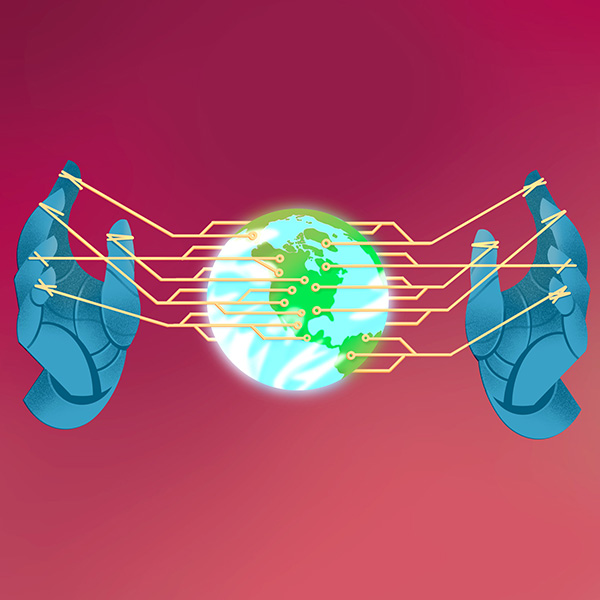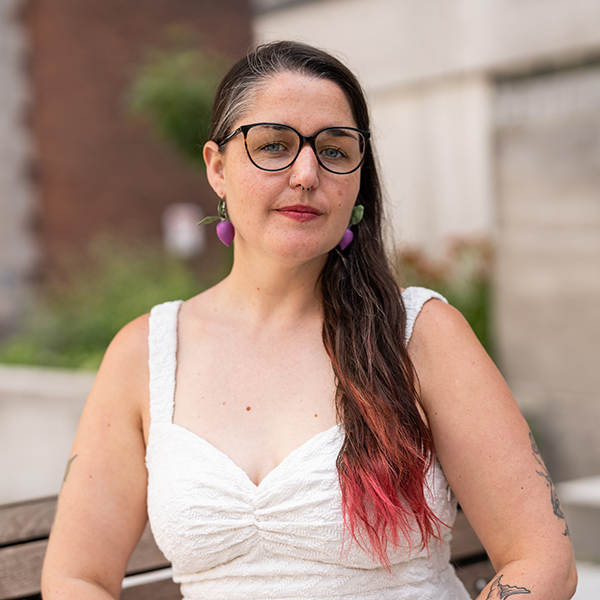To examine patterns of drug use – and abuse – governments and researchers have traditionally used surveys and crime statistics, particularly drug seizures. An international team of scientists recently opted for a different approach.
From 2011 to 2017, a 37-country, 120-city study analyzed wastewater, measuring drug residue in urine from over 60 million people.
Professor Viviane Yargeau, chair of the Department of Chemical Engineering, was part of the SCORE (Sewage analysis CORe group Europe) study and was in charge of the Canadian portion of the project. Before the SCORE study began, her lab had already started monitoring wastewater from Montreal and Granby, which were the only Quebec cities included.
“It wasn’t the first such study, but the first one conducted on this scale,” says Yargeau. “It showed that this kind of research can yield similar results to the more traditional ways of measuring drug use. And it demonstrated that this is a quicker, more efficient way of gathering data, so that governments and people doing interventions can respond sooner to an emerging problem.”
The study looked at consumption of four illicit substances: amphetamine, methamphetamine, ecstasy and cocaine. The results, which were published in the journal Addiction, confirmed that drug abuse is less of a problem in Montreal compared to other cities, but methamphetamine, a highly addictive stimulant, did show up in marked quantities in Montreal wastewater. In European cities, the researchers noted that cocaine use is on the rise.
The expertise acquired during the SCORE project helped Yargeau and her lab 3Cs (Controlling Contaminants of Concern) to conduct a follow-up pilot project for Statistics Canada. That study,
from March 2018 to February 2019, monitored drug use in Canadian cities. One goal was to measure whether cannabis consumption increased in Canada after legalization. “We didn’t see a major shift in
consumption, which was good news because that addresses one of the major fears and concerns related to legalization.”
The two studies dovetail perfectly with the pioneering research she began in the early 2000s, a new avenue of research at the time. Today, it is a burgeoning field of study and an area of rising interest, particularly from governments.
“There is more interest now than when I started this work 15 years ago. It was a fairly new subject then.”
The 3Cs lab has shifted its emphasis over the years.
“We have a strong focus on the removal of contaminants of emerging concern from wastewater, which explains the name of the laboratory.” These contaminants include illicit drugs, antibiotics, pesticides, and hormones.
“Today, we have sufficient knowledge about the impacts of these contaminants in the environment – including the feminization of fish and antibiotic-resistant bacteria. There is more interest in regulations to ensure certain drugs are not released into the environment, but technologies must also be available to help municipalities comply.”
To that end, Yargeau’s lab developed a technology for wastewater treatment, ozonation, which was adopted by the city of Montreal.
“In my research group, we use ozonation as a disinfection and treatment method to remove pathogens, and as a tertiary treatment, to remove organic contaminants still present in water after conventional treatment. Ozone is a strong oxidant that can inactivate pathogens or react with contaminants, contributing, in both cases, to their removal.”
Improved wastewater treatment is important because the treated water is then released into bodies of water, such as, in the case of Quebec, the St. Lawrence River.
Yargeau’s lab shares its knowledge with wastewater treatment plant managers. It has partnered with governmental agencies and is currently conducting projects with the Ontario Ministry of Environment, and is in discussions with the Quebec Ministry of Environment. One goal is to consistently aim its research at practical applications.
“We don’t want to end up with a way of measuring compounds that would be too expensive or cumbersome, so that they would be difficult to apply, and make it harder for wastewater treatment plants to follow regulations.”


